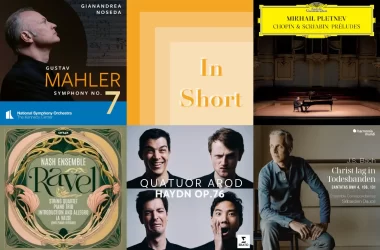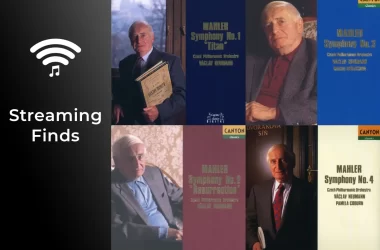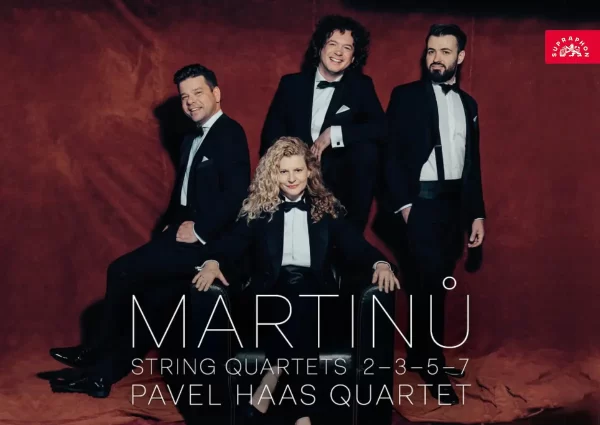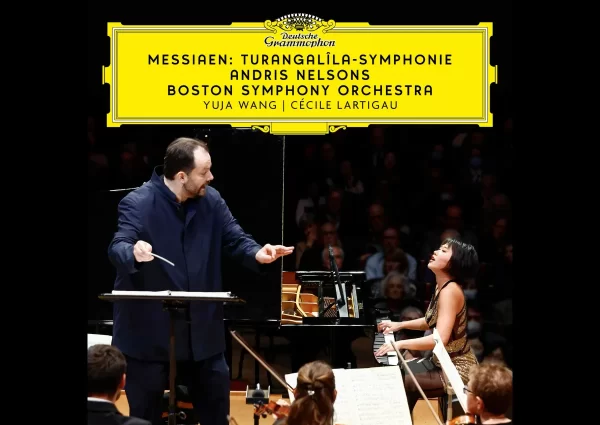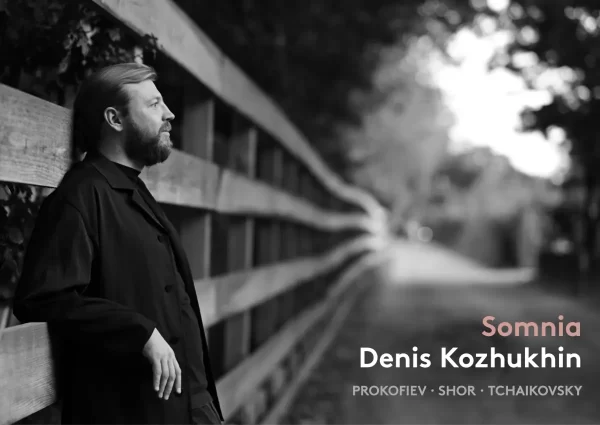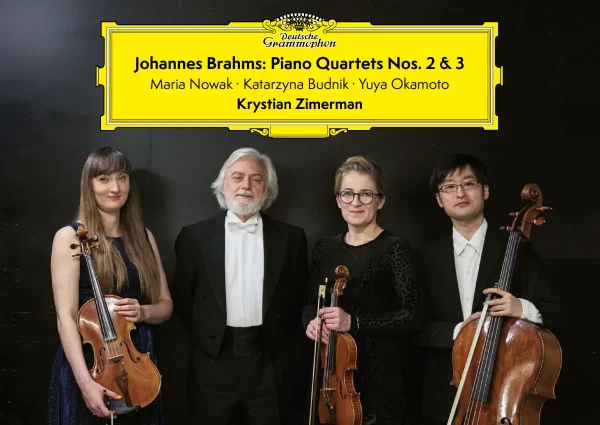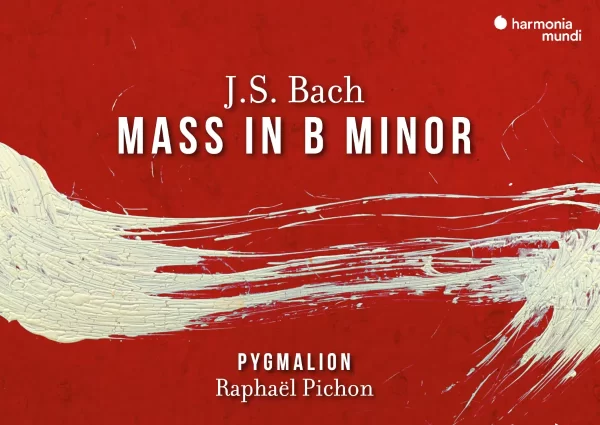Martin Helmchen opens what Alpha Classics presents as a complete Schubert sonata cycle, planned across four double albums through 2028. This first volume spans six sonatas, from the early D. 157 and D. 279 to the more mature D. 784 and D. 850, with the popular D. 664 closing the program.

I was never entirely convinced by the inclusion in cycles of the earliest of the sonatas, D. 157 and D. 279 (composed when Schubert was 18), feeling they are of more interest as musicological studies than as works for mass consumption. That impression was reinforced by Kempff and Schiff, who played it as if they are trying to make a point. Helmchen, by contrast, actually proves their musical value and sounds as if he is truly enjoying playing the music. In his hands, the siciliano Andante of D. 157 is genuinely touching (CD 1, track 2), and he brings characterful detail throughout – hear the pizzicato-like left hand around 3’15”. In D. 279, the middle episode of the Rondo (CD 2, track 4, 4’14”) really does suggest a Turkish march. Helmchen supplies his own completion in D. 571 (first and fourth movements), and follows Paul Badura-Skoda’s completion for the finale of D. 279. His solutions are as musical and well judged as any.
Helmchen’s instrument choices in recent recordings have been judicious—tangent piano for Bach, a mid-19th-century Bechstein for Schumann, a Chris Maene for Beethoven’s violin sonatas—and here, as with Schiff and Oppitz in their Schubert cycles, he plays a modern Bösendorfer 280. Its clear, singing tone keeps an intimate profile even at higher dynamics, which suits these works and Helmchen’s approach.
The engineering is close but not clinical, yielding focus without glare. This is arguably more apt here than a distant, “recital-hall” perspective that was prominent in Schiff’s cycle.

Martin Helmchen (image: ©️ Peter Rigaud)
Comparisons are most instructive in the later sonatas, D. 784 and D. 850. In D. 784, the second movement (CD 2, track 6) flows at a natural pace that makes the Andante marking feel exactly right. Careful voicing and pedaling lighten the textures in the first movement, avoiding the heavy tread some recordings acquire. The third movement’s opening isn’t as haunted as Pires or Ashkenazy, and the second theme (CD 2, track 7, 0’56”) can feel bar-lined; yet Helmchen’s crescendos and the shaping of left-hand arpeggios (around 3’32”) are impressive in their own terms. This account won’t displace Uchida’s sublime recording, but it offers a more grounded, humane alternative.
I found the D. 850 less persuasive, especially Helnchen’s too literal treatment of the staccato indications in the second movement, which brings a detached feel to the phrasing. This close reading of the score pays off elsewhere: ornaments in the opening of the scherzo are unusually audible. With the best of intentions, Helmchen can’t make up for the disappointing final Rondo, which escaped even legendary performers of this sonata as Schnabel, Richter and Brendel. Helmchen resets the mood convincingly in D. 664, whose three movements receive a poised, unforced performance, ending this engaging and thought-provoking first installment.
Recommended Comparisons
Kempff | Schiff | Uchida | Richter | Lupu | Pires | Ashkenazy

Album Details |
|
|---|---|
| Album name | Schubert, Piano Sonatas, Vol. 1 |
| Label | Alpha Classics |
| Catalogue No. | ALPHA1174 |
| Artists | Martin Helmchen, piano |
Included with an Apple Music subscription:
Available on Presto Music
Latest Classical Music Posts




